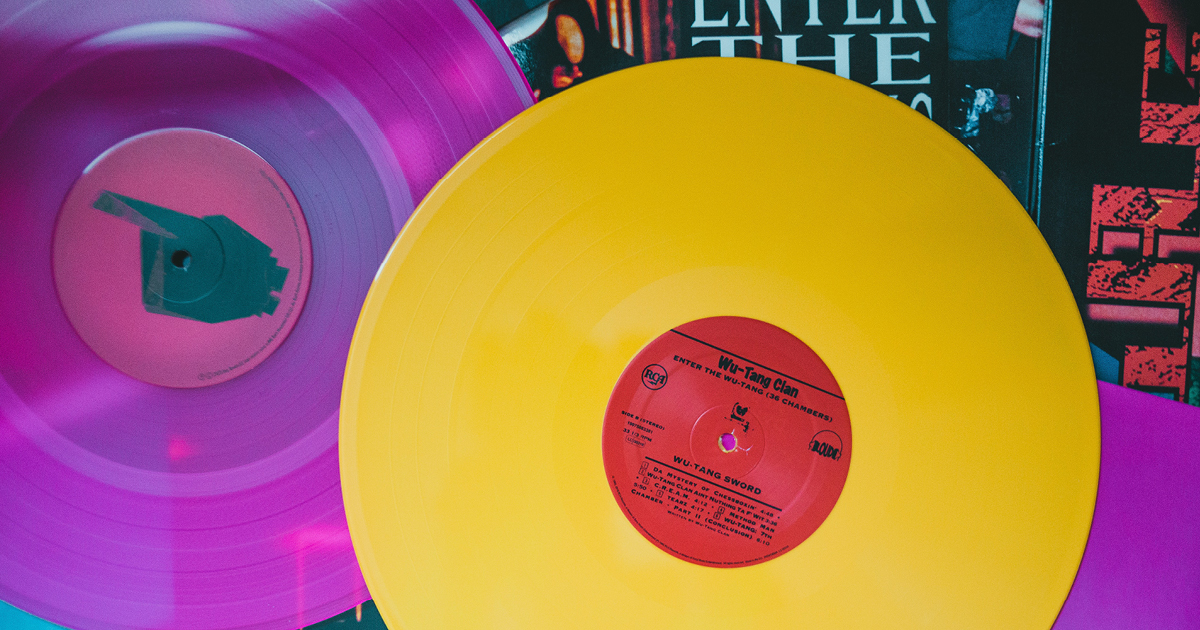B2BQ&A 103: What was the best B2B content of 2021?
What was the best piece of B2B content of 2021? Discover trends, takeaways, and inspiration from last year’s shortlist – then find out the winner.
B2BQ&A 102: Why is there so little humour in B2B content?
Why so serious? We ask comedian and copywriter Lianna Patch whether B2B content should be funnier, and hear some tips about how to do humour well.
The best B2B content of 2021: which is your favourite?
Draw inspiration from this year's finest examples of B2B marketing content – then help us choose the best.Maintaining momentum after a B2B content blockbuster
So, your latest content piece is a hit. What now? Steve explores how marketers can seize short-term hype and turn anomalies in their metrics into long-term growth.B2BQ&A 101: How important is correct grammar in B2B content?
Is correct grammar really that important in copywriting? And can you start a sentence with a conjunction? We ask Rishi Dastidar and Irene Triendl.
Subscribe on Apple Podcasts. Grab the RSS feed. Download it. Or follow on Spotify.
Why we love B2B Copywriting. (And why we think you’ll love it too…)
“What do you want to be when you grow up?” It’s a question almost everyone is asked as a child, but how many of us actually followed through with our dreams?How to get good B2B content quickly
Think you don’t have much influence over when your B2B content is delivered? Think again. Here’s how to get what you need, fast.B2BQ&A 100: How can I stop clients and stakeholders meddling with my wording?
How do you convince your client or stakeholder to check for factual accuracy, and leave the tone and wording up to the copywriter? We ask Doug Kessler and Fiona Campbell-Howes.





